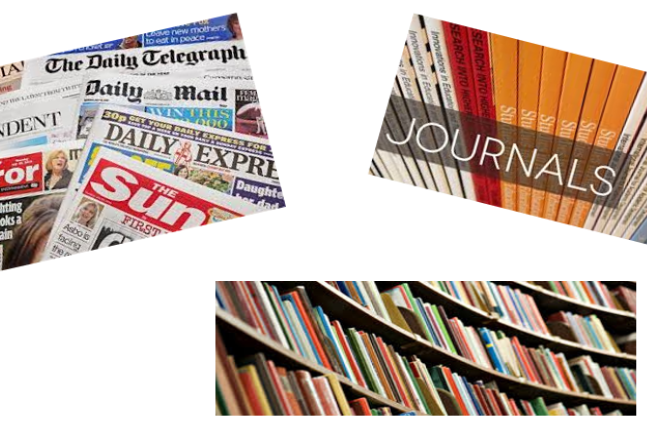Reading is the key to the academic world. It seems very easy at first glance, but often it is more challenging than it looks, particularly — but not only! — when we are reading in a foreign language. Taking a few preparatory and process steps can help scholars to more effectively read and process the information in their many sources.
The first thing you will want to do is look at the type of text you are reading: whether the text is a novel or non-fiction, but also if it is a monograph, a journal or news article, etc. This will have an effect on what kinds of structuring and content elements you might expect from the text. After that, it is not too difficult to follow a certain sequence of actions that can help you to make sure you get the most out of any reading experience. Try the steps you find here.
The key will always be the interaction with the text as you read it. That is, you should not limit your notes to a few highlighted words or phrases, or even whole paragraphs of underlined sentences. Instead, remember to ask questions and seek answers from the text, and always, in some way or another (written notes, reflective journals, or even dictation recordings), keep track of your thoughts in a structured way. Remember that your reading notes need not be separate, linear phrases and words, either; they may instead be mind-maps, flow-charts or spidergrams showing your own thought processes as you read.
Lastly, or perhaps firstly, remember two things as you take your reading notes: keep close track of the full citation information (you can find some information on citing your sources here), including page numbers and of any full quotes you might record in your notes.


